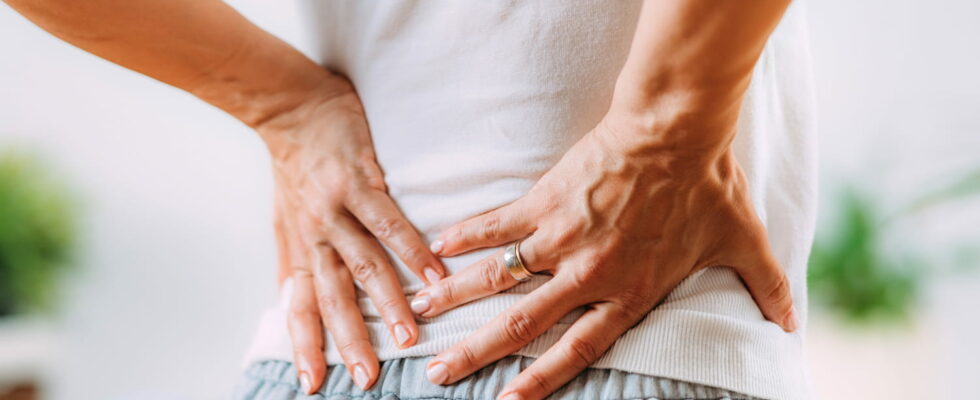The risk of kidney stones in women increases with age, especially after menopause.
Contrary to what one might think, kidney stones are not so harmless. “They represent 1 to 2% of emergency room admissions and involve nearly 80,000 interventions per year. And in 8% of cases, patients present risks of superinfection.”explains Dr. Richard Mallet, urological surgeon at the Francheville Private Hospital (24). Men and women have the same types of kidney stones. “These are solid stones or calculi formed from substances present in the urine. They form in the kidneys and can vary greatly in size, from small particles to larger formations.”
Kidney stones can form when the concentration of certain substances, such as calcium, oxalate, or uric acid, in the urine becomes too high, and the urine does not contain enough substances to prevent them from crystallizing and clumping together. “Calcium oxalate stones are often linked to excessive consumption of chocolate, nuts, cocoa, almonds, rhubarb or tea.” Too much calcium is also risky, the right balance is 2 to 3 dairy products per day. “In addition, insufficient hydration can promote the concentration of minerals in the urine, which can contribute to the formation of stones.”adds the doctor. Excessive tea and overweight (associated with metabolic changes) are also aggravating factors.
Sudden, sharp pain in the lower back
Symptoms of kidney stones are the same in men and women. They may vary depending on the size and location of the stones. “As long as the stone is in the kidney, it is not painful. It is when it migrates to the bladder that the patient feels sudden and intense pain in the lower back or side.” This pain is usually called renal colic and is an emergency condition. It can spread to the lower abdomen or groin, following the path of the ureter. “Blood in the urine, called hematuria, can also occur due to irritation of the urinary tract by the stones.” If there is an infection associated with the stones (pyelonephritis), symptoms such as fever and chills may occur. Kidney stones can be diagnosed using imaging tests such as abdominal CT scan, renal ultrasound, or X-ray.
Treatment of kidney stones depends on their composition. “Only uric acid stones can be dissolved by alkalinization of the urine with Vichy Célestin and potassium citrate. Calcium stones, on the other hand, cannot dissolve. Depending on their size, a double-J urinary catheter may be used to release urine blocked at the kidney level.”says Dr. Mallet. Another technique: extracorporeal shock wave lithotripsy (ESWL). “This procedure uses shock waves to break kidney stones into smaller pieces, which can then be passed naturally through urine.” Finally, a uRetroscopy can be performed to remove stones directly from the ureter using a small flexible tube (or rigid depending on the location of the stone) equipped with a camera or to destroy them with a laser. In very rare cases (1000 procedures per year), the stone cannot be destroyed by natural means. “We must then consider a surgical procedure through the skin in the back, called a percutaneous nephrolithotomy.”concludes the surgeon. Once the stones have been treated, preventive measures, such as dietary modifications, adequate hydration and management of risk factors, may be recommended to reduce the risk of recurrence.
